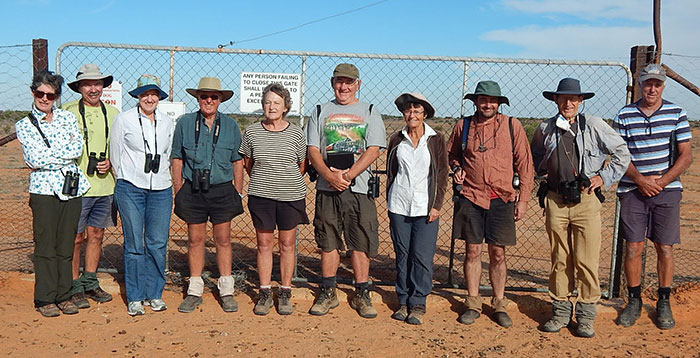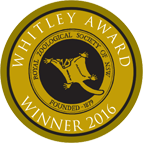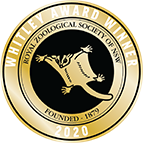Become a Member
By joining the NSWBA, recording your sightings and contributing your data, you will help towards the increased amount of information used as ‘baseline and benchmarks’ for the conservation of birds. Your input is valuable, important and needed to continue working towards monitoring for conservation efforts. Your efforts can commence in your ‘home’ block, (read on for more details), and expand your recording of sighting as you gain confidence.
The annual membership fee of $30.00 falls due on 1st January, and is the same rate for individuals, families or groups. It covers the costs involved in producing and posting quarterly newsletters and Atlas Record Sheets and general administration.
Members are entitled to purchase club publications at discounted rates and can participate in organised field trips.
Please print and complete this form, and forward it along with your payment to our Membership Officer. Details and PDF version of the membership form linked here: Membership Form
Benefits of NSWBA Membership Include:
-
- 4 newsletters p.a
- Free Atlas Sheets
- Opportunities to
º Participate in NSWBA outings
º Attend organised field trips (including branch activities)
º Mix with experienced birdwatchers and
º Develop your own identification skills - Public Liability & Accident insurance cover for all NSWBA outings.
- Receive discounts on all publications
Become a member and get immediate discount club prices.
The NSWBA is supported by a dedicated band of supporters concerned for the welfare of all birds.

Hawker’s Gate. A group of intrepid NSWBA members at Hawker Gate (~100km South of Cameron Corner and 180 west of Milparinka) during a month-long atlassing trip in far western NSW
(L-R) Donna Moody, Michael Moody, Kay Gilchrist, Rob West, Barbara Cooper, Dick Cooper, Pam Kenway, Ian McAllan, David Martin, Bruce Gilchrist.
NSWBA Members are encouraged to collect records of sightings of all wild birds observed within the official area of interest which covers all of mainland New South Wales, the Australian Capital Territory, Lord Howe Island, Elizabeth and Middleton Reef and the waters of the western Tasman Sea.
Data collection is based on using 10-minute blocks: these may be often referrred to as ’10-minute blocks’, ’10-minute grids’ or simply ‘blocks’ or ‘grids’.
Each 10-minute block is approximately rectangular, the sides of which measure 10-minutes of latitude and longitude. The actual block size varies with latitude but averages around 17 kms x 17 kms.
To some people, the size of this survey area may seem large. However, it should be remembered that the total area of coverage exceeds 1.6 million km2 so, in comparitive terms, each block is a relatively small area and well reflects the distribution of each species in a manageable way. In turn, this allows direct comparisions to be made with other distribution data. In addition, the NSWBA’s consistent data collection methodology has enabled comparisons to be made over decades rather than just seasons. No other dataset about Australian birds has operated consistently over such a long period.
Apart from asking that contributors take care to ensure accuracy in the reported sightings, for accurate analysis the NSWBA also asks that
* all records be wholly confined to a single ‘grid’;
* be limited to periods falling within any single calendar month; and
* where practical, that visit be made on a regular basis throughout each year.










